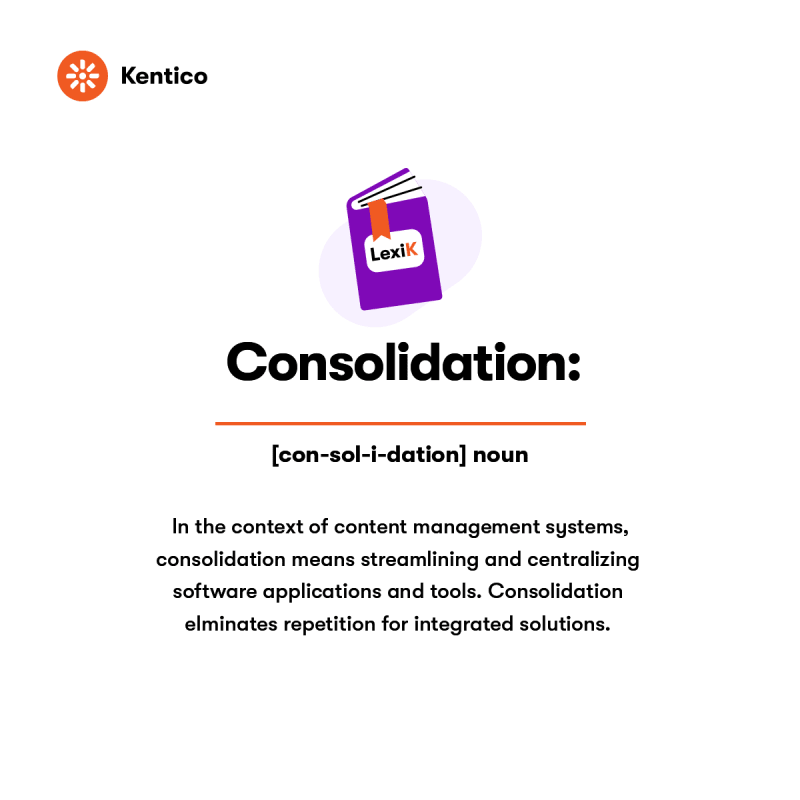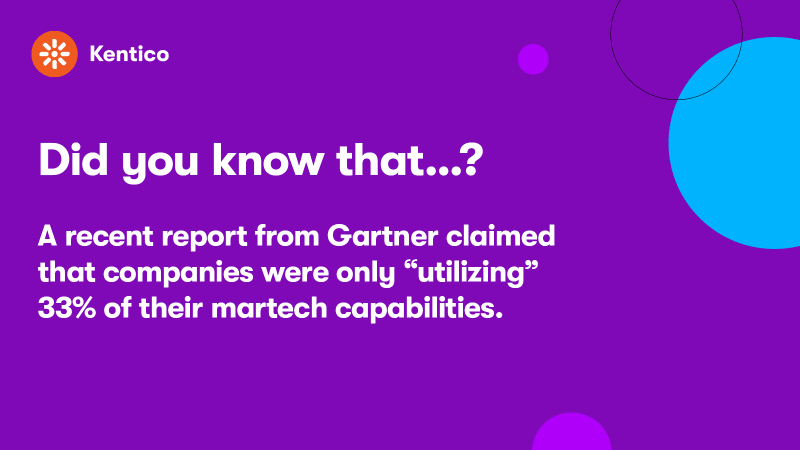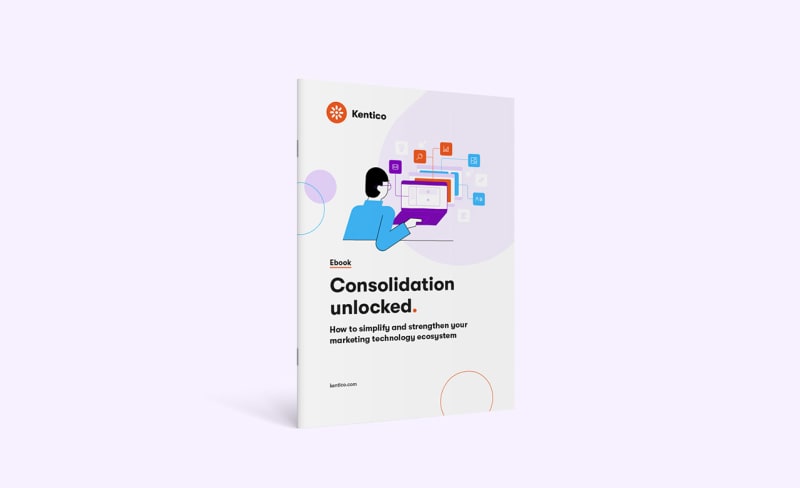Dive into these actionable and practical steps for achieving a streamlined, future-ready martech stack that will transform your strategy and drive real, measurable results.
The rapid pace of technological advancements and shifting market demands require a martech stack that is not only efficient but also scalable and flexible. Consolidation plays a key role in this process; it’s not merely about cutting costs, but about setting up a robust, future-ready infrastructure.
By consolidating your martech tools, you can create a streamlined ecosystem that evolves with your business needs. This approach ensures that your tech stack remains flexible and capable of integrating new technologies as they emerge. It positions your company to respond to changes quickly and effectively, avoiding the pitfalls of a fragmented system and preparing you for long-term growth and innovation.
Now, let’s explore the essential steps to effectively future-proof your martech strategy through consolidation.

Step 1: Conduct a martech audit
An audit is essential to understand your current martech landscape, uncovering redundancies, underused tools, and gaps in functionality. It provides a clear view of how well your tech stack aligns with your business goals.
Start by gathering input from all teams using martech tools. List every tool, its purpose, cost, and integrations. Evaluate each tool’s effectiveness and alignment with business objectives, identifying overlaps and redundancies. This will highlight which tools to keep, consolidate, or replace.
Gartner's recent report explores the utilization of marketing technology capabilities.

Step 2: Set clear objectives for consolidation
Setting clear goals before consolidating your martech stack is crucial for ensuring that the process delivers the desired outcomes.
Objectives might include:
Cost savings
Better data integration and insights
Enhanced user experience
Streamlined workflows
Improved security and compliance
Faster innovation
Reduced vendor management complexity
More consistent branding
Increased scalability
Higher productivity
These goals will help focus efforts and ensure that consolidation aligns with your overall business strategy.
Define your objectives by aligning them with your broader business goals. Consult with stakeholders to understand their needs and expectations and establish key performance indicators (KPIs) to measure the success of your consolidation efforts. This approach will ensure that the consolidation is purposeful and targeted toward specific, measurable outcomes.
Step 3: Prioritize flexibility and scalability in platform selection
Choosing the right platforms for your consolidated stack is essential to future-proof your martech strategy. The platforms should be flexible to adapt to new technologies and scalable to support your company’s growth, ensuring that your tech stack can evolve alongside your business needs.
Evaluate platforms by checking for open APIs, modern technologies, and strong integration capabilities. Look for solutions that offer flexibility in configuration and can easily scale as your business expands. Prioritizing the following attributes will help ensure that your martech stack remains robust and adaptable over time, saving time and resources while supporting long-term business objectives.
Flexibility: Choose platforms that offer configurable features and can easily adapt to new technologies and changing business needs.
Open APIs: Choose solutions with open APIs to facilitate integration with other tools and systems, ensuring smooth data flow and interoperability.
Composability: Opt for solutions that allow you to build and integrate different components to create a customized tech stack that aligns with your precise requirements.
Scalability: Ensure the platform can scale with your company's growth, accommodating increased demands and expanding functionalities.
Strong integration capabilities: Opt for platforms that offer dynamic integration options, making it easier to connect with existing tools and consolidate data effectively.
Modern technologies: Ensure the platform is built on the latest frameworks and standards, such as .NET Core and GraphQL, to improve performance, security, and future scalability.
Hybrid headless capabilities: Look for platforms that offer both traditional and headless architecture options, allowing flexibility in how content is delivered across channels and devices.
Step 4: Implement a phased approach to consolidation
A phased approach to consolidation is important to minimize disruptions and allow for adjustments throughout the process. By breaking down the consolidation into manageable steps, you can address challenges gradually and reduce the impact on day-to-day operations.
Plan your consolidation in phases, starting with either the most critical areas or the simplest ones, depending on your goals and capacity. Set clear milestones for each phase and continuously evaluate progress against your objectives. This approach allows you to make adjustments and optimize as needed, ensuring that each step builds on the success of the last, ultimately leading to a more effective and efficient martech consolidation.
Step 5: Engage and train your teams
Ensuring that the teams who use the martech tools are on board and properly trained can make or break the transition. A well-executed change management strategy helps users embrace the new consolidated stack, minimizing resistance and maximizing adoption.
Involve your teams early in the consolidation process by gathering their input and addressing concerns. Provide thorough training tailored to different user groups, and maintain open communication to keep everyone informed about changes and progress. Regularly solicit feedback and be prepared to make adjustments based on team needs and experiences.
Effective change management fosters a positive transition, ensuring that your martech consolidation delivers its full potential.

“Consolidation requires a full inventory of an organization's martech and merging solutions into fewer products. This can be a large task for a marketing team that's already fully booked. It's important to find a digital agency partner that has experience in consolidation using a platform, like Xperience by Kentico, that truly solves it with product design and migration support."
Future proof your technology investments
Consolidating your martech stack is a strategic move essential for future-proofing your technology investments. By streamlining and optimizing your tools, you set the foundation for a more cohesive, efficient, and adaptable tech environment.
Work through these steps systematically to build a martech stack that not only meets today’s demands but is also ready for future challenges and opportunities.
Ready to future-proof your martech investments? Connect with our experts for a consultation to discover how Xperience by Kentico can revolutionize your strategy. Streamline operations, enhance integration, and unlock unprecedented growth potential. Take the first step today and see how Xperience by Kentico can drive your martech evolution!
For a deeper dive into the benefits of consolidation and a content-first approach, be sure to download our ebook.


